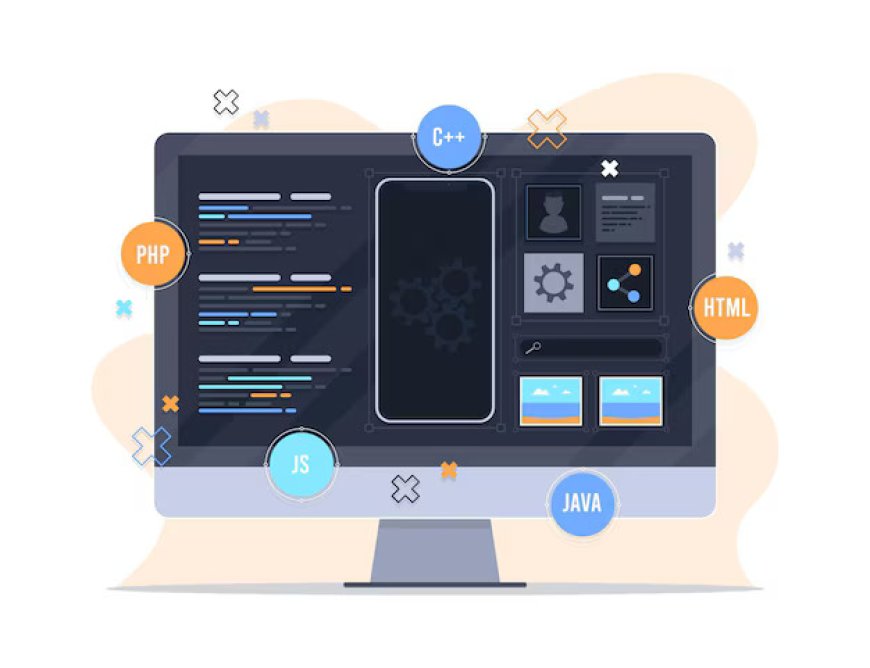How Netflix Became A Master of DevOps? An Exclusive Case Study

Netflix's journey toward becoming a master of DevOps service is an inspiring case study for modern tech-driven organizations. Netflix has revolutionized its Software development, infrastructure management, and deployment strategies using DevOps principles to ensure continuous innovation, scalability, and resilience. Here's a deep dive into how Netflix achieved DevOps mastery:
1. The Challenges Before DevOps
Before transitioning to DevOps, Netflix faced traditional IT challenges like slow development cycles, poor fault tolerance, and scalability issues. As Netflix grew, it became evident that their existing infrastructure couldn't handle the rapid growth in streaming demand. Their on-premise data centers lacked the flexibility and agility needed to scale quickly, resulting in frequent outages, service degradation, and unsatisfactory user experiences.
2. Cloud Migration – The Foundation for DevOps
Netflix took a bold decision in 2008 to migrate from their own data centers to Amazon Web Services (AWS), which provided them the foundation needed for flexibility, scalability, and innovation. By moving to the cloud, Netflix could offload infrastructure management to AWS, focusing its resources on building and improving services for customers.
The cloud migration enabled Netflix to:
-
Scale infrastructure on-demand to support growing traffic.
-
Achieve greater fault tolerance and redundancy.
-
Experiment quickly with new services without being constrained by hardware.
This migration to the cloud was the catalyst for Netflix’s DevOps transformation, as it allowed for a more fluid, flexible, and responsive development environment.
3. Microservices Architecture – Enabling DevOps Flexibility
Netflix shifted from a monolithic application architecture to a microservices architecture. This change allowed individual teams to work on isolated, independent services that could be deployed, managed, and scaled independently.
Key aspects of their microservices approach:
-
Decentralization: Each microservice is independently developed, tested, and deployed by separate teams. This encourages faster development and experimentation.
-
Resilience: Microservices are designed to fail gracefully. If one service fails, it doesn't bring down the entire system, ensuring high availability.
-
Scalability: Each microservice can scale independently based on user demand, optimizing resource use.
4. Automation and Continuous Delivery
Automation is the backbone of Netflix’s DevOps strategy. They embraced Continuous Integration (CI) and Continuous Delivery (CD) pipelines to automate code testing, building, and deployment. By using automation, Netflix can deliver features and bug fixes rapidly, sometimes multiple times per day, without risking stability.
Tools and strategies Netflix uses for automation:
-
Spinnaker: Netflix developed Spinnaker, an open-source continuous delivery platform that helps them deploy applications across different cloud providers. It automates canary testing, monitoring, and rollback strategies.
-
Jenkins: Jenkins is heavily used for Continuous Integration, enabling the automated testing of code as it’s written.
-
Infrastructure as Code (IaC): Netflix uses IaC to manage their cloud resources programmatically. This ensures consistent infrastructure deployment and reduces human error.
5. Chaos Engineering – Building for Failure
Netflix is famous for its Chaos Engineering practice. Recognizing that no system is immune to failure, Netflix developed a culture of embracing and anticipating failure to build more resilient systems. Their internal tool, Chaos Monkey, randomly shuts down parts of Netflix’s production environment to test how the system responds.
Other tools in their “Simian Army” include:
-
Latency Monkey: Simulates service latency to see how services respond to slow responses from dependencies.
-
Conformity Monkey: Identifies misconfigurations or instances that don’t conform to best practices.
-
Chaos Kong: Simulates the failure of entire AWS regions to ensure the platform can continue delivering services globally despite regional outages.
Chaos Engineering ensures that Netflix’s systems are robust, withstanding unexpected failures while maintaining high availability and performance.
6. Monitoring and Observability – Data-Driven Decisions
With a complex microservices architecture, Netflix needed a powerful monitoring and observability framework to track system health, performance, and user experience in real time.
-
Atlas: Netflix's monitoring system collects real-time metrics from their cloud infrastructure and applications. It allows teams to monitor application performance, user activity, and system health at a granular level.
-
Logging and Tracing: Netflix employs distributed tracing tools to track user requests across multiple microservices. This ensures that they can detect and troubleshoot issues as they arise.
By having full visibility into their systems, Netflix can make data-driven decisions, quickly identify performance bottlenecks, and ensure smooth user experiences.
7. Culture of Innovation and Collaboration
At the core of Netflix's DevOps success is its culture. Netflix’s engineering teams have embraced DevOps principles of collaboration, ownership, and accountability. Developers are responsible for the code they write from development to deployment and production monitoring. This ensures a high level of ownership and fosters a collaborative environment where teams work cross-functionally.
Netflix encourages:
-
Freedom and Responsibility: Teams have the autonomy to make decisions about their services while being held accountable for performance and stability.
-
Blameless Postmortems: When failures occur, Netflix conducts blameless postmortems to learn from mistakes and improve processes without assigning blame.
This open and innovative culture enables Netflix to quickly iterate on features and recover from failures with minimal downtime.
8. Global Scaling and User Experience
Netflix’s DevOps strategy is designed not just for internal efficiency but to deliver the best user experience possible. By ensuring fast, reliable, and resilient streaming services, Netflix maintains a competitive edge. Through the use of Content Delivery Networks (CDNs), caching strategies, and traffic management, Netflix can serve content seamlessly to millions of users worldwide without compromising on quality.
9. Open Source Contributions
Netflix has been a major proponent of open-source software. Many of the tools and platforms they’ve developed in their DevOps journey, such as Spinnaker, Chaos Monkey, and Hystrix, have been open-sourced to the broader tech community. This not only helps improve the tools but also establishes Netflix as a leader in the DevOps space.
10. DevOps Outcomes and Results
Netflix’s mastery of DevOps has delivered clear results:
-
Increased deployment frequency: New features and bug fixes are deployed frequently and confidently.
-
Improved system resilience: Even in the face of massive outages or infrastructure failures, Netflix continues to deliver uninterrupted services.
-
Optimized infrastructure costs: By using cloud resources dynamically, Netflix optimizes costs while maintaining performance.
-
Superior user experience: Netflix users enjoy fast, reliable streaming services, even during peak times.
Conclusion: A DevOps Success Story
Netflix’s DevOps journey is a prime example of how embracing cloud technologies, automation, microservices, chaos engineering, and a collaborative culture can enable a company to scale globally, innovate quickly, and deliver superior services. By focusing on reliability, resilience, and speed, Netflix has not only mastered DevOps but also set the standard for other tech-driven companies to follow.
What's Your Reaction?
 Like
0
Like
0
 Dislike
0
Dislike
0
 Love
0
Love
0
 Funny
0
Funny
0
 Angry
0
Angry
0
 Sad
0
Sad
0
 Wow
0
Wow
0















































